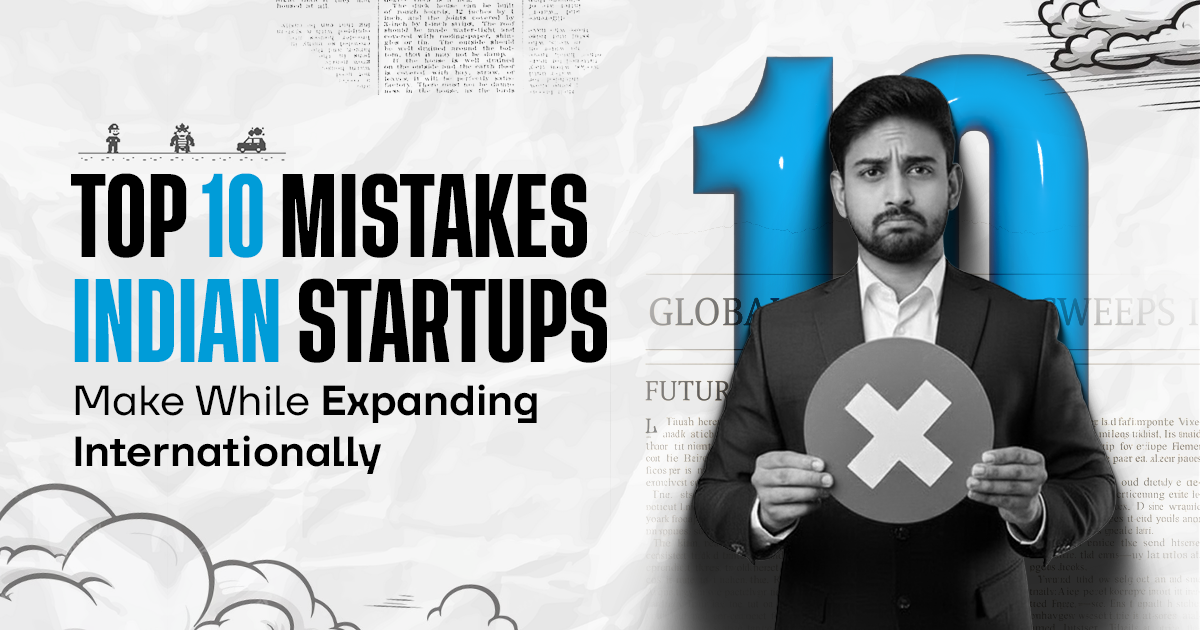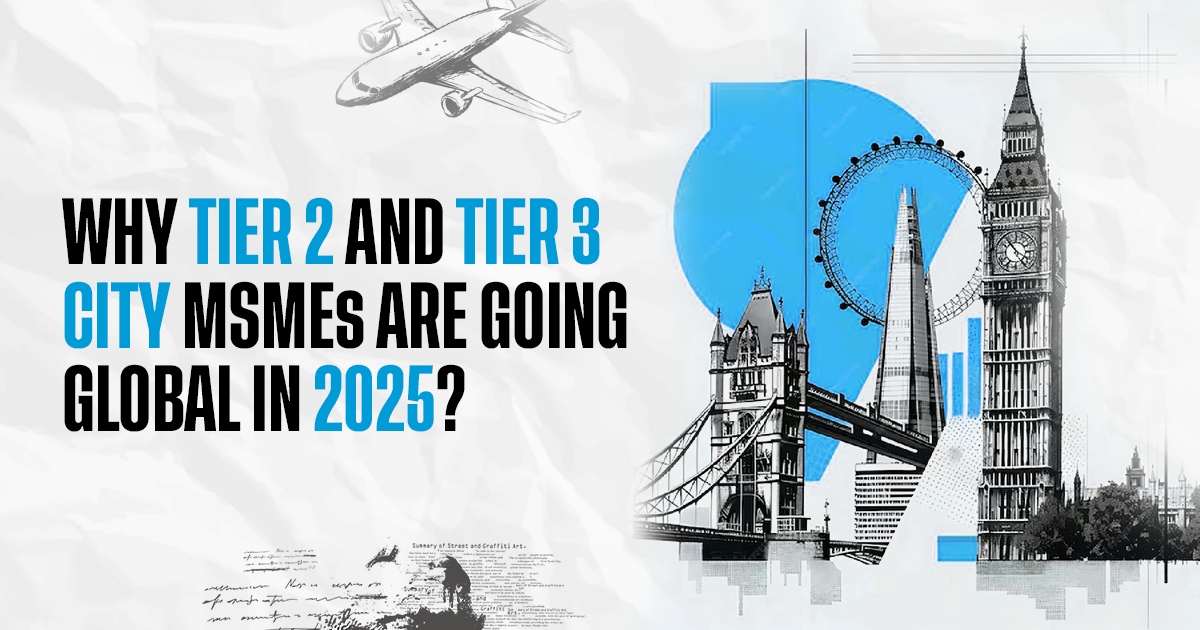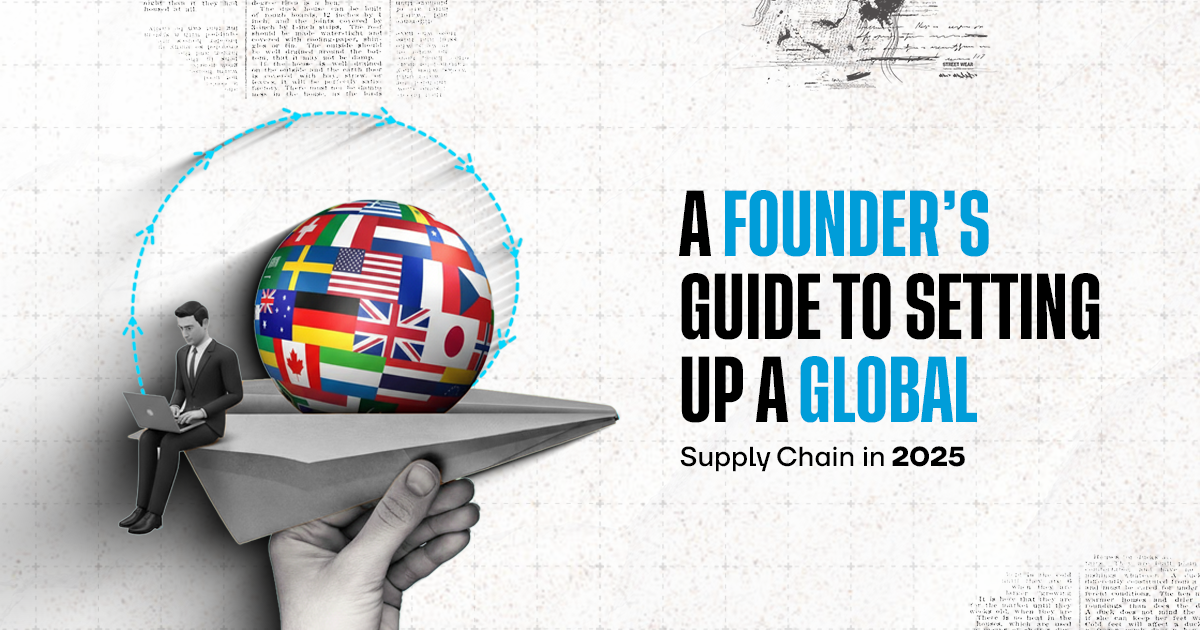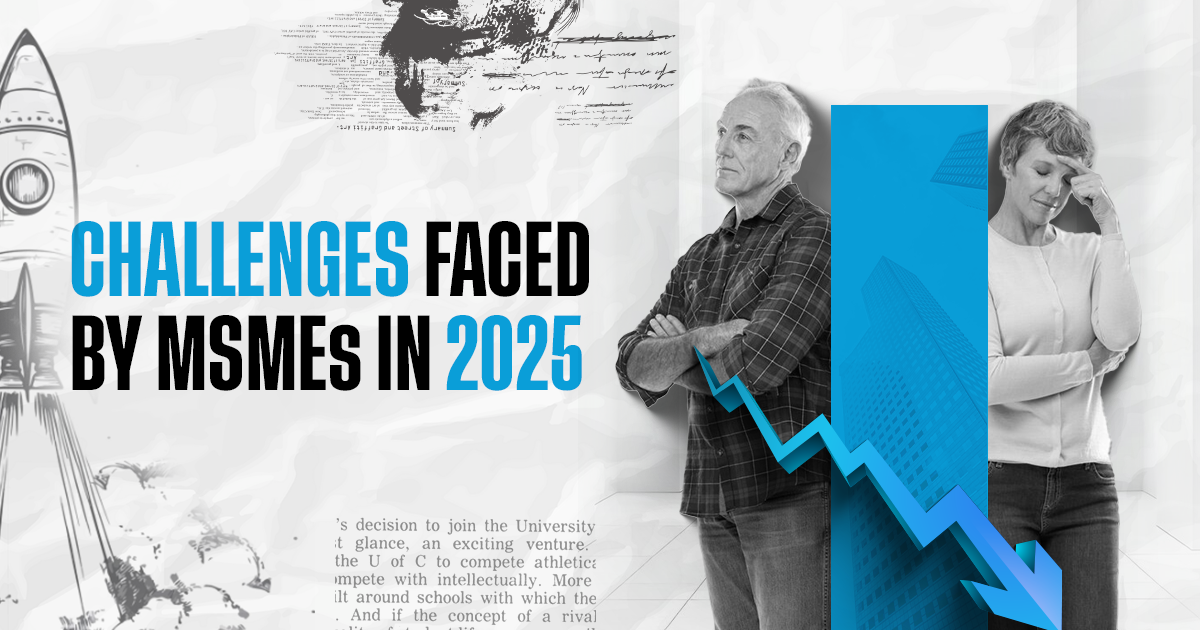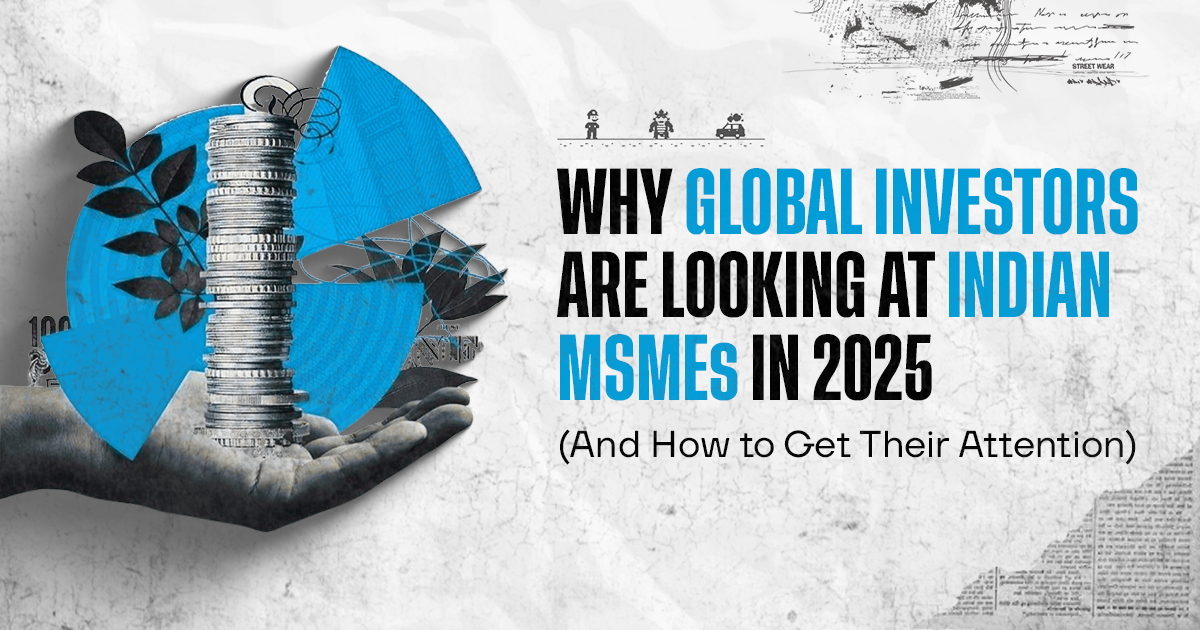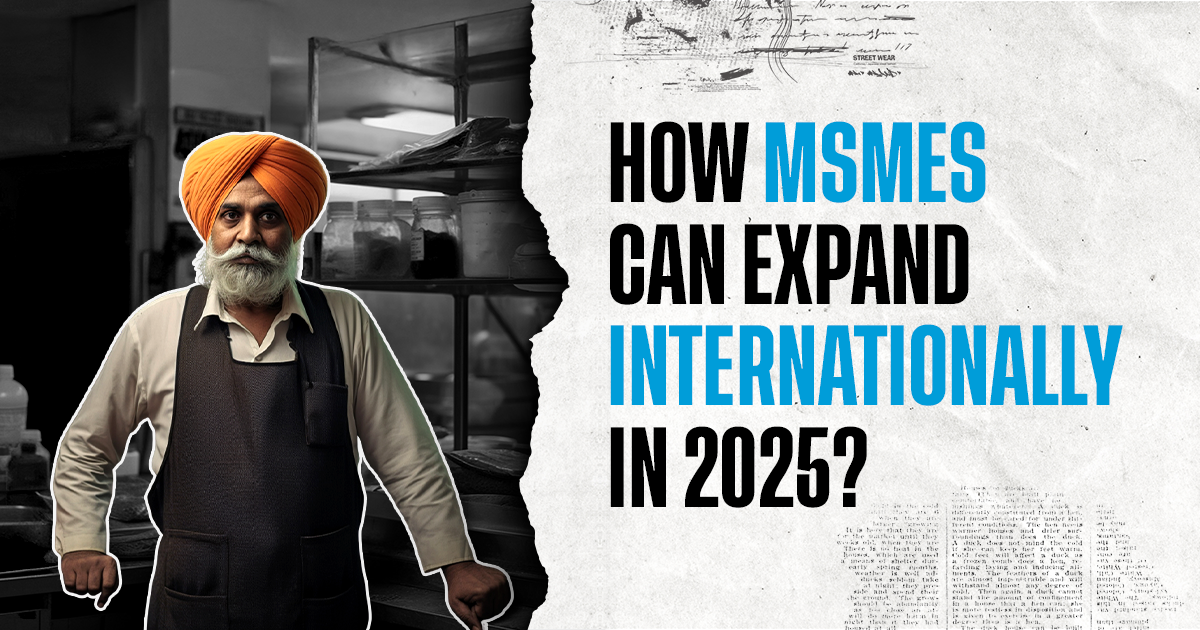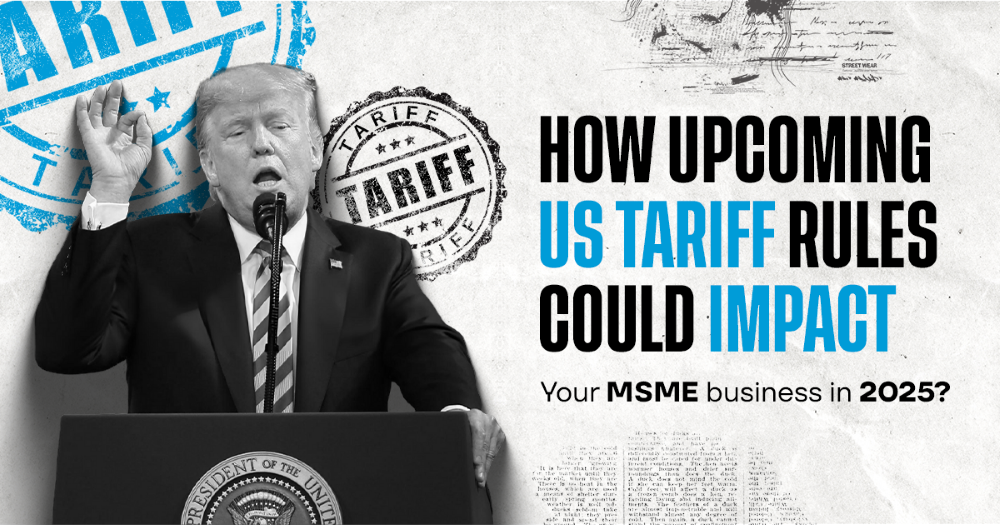
How upcoming US tariff rules could impact your MSME business in 2025?
Introduction
2025 is set to be an essential year for the world's trade. As the United States prepares to roll out a new set of tariff regulations, companies across the globe are anticipating ripple effects, and Indian small and medium-sized enterprises are no exception. Many small and medium-sized enterprises that depend on exports from India to the USA could be affected by the policies, which could alter the opportunities, costs, and competition in international markets.
What do these changes to tariffs imply for your company? How can you prepare to keep ahead of the trend? Let's take it apart.
Understanding the Shift in U.S. Tariff Policies
For a long time, the U.S. has used import taxes and trade laws as a way to meet the demands of manufacturing in the U.S., as well as to protect local employment and control international competition. In recent times, much of the attention has been focused on U.S. taxes on China as American policymakers try to decrease the dependence of Chinese imports and promote diversification of sources. For Indian SMEs, this presents both challenges and opportunities. While a reduced dependence of commerce with China can open doors for export opportunities for India, more strict U.S. trade tariffs on specific categories could increase the cost and make it difficult to comply.
The Direct Impact on Indian MSMEs
1. Rising Costs of Market Entry
If the new American tariff structures are applied broadly to all products, some Indian products could be subject to higher import taxes upon entry into the U.S. market. This could reduce the competitiveness of prices in categories such as textiles, automobile components, handicrafts, and engineering items.
2. Opportunities from Diversification from China
On the other hand, as U.S. buyers diversify their supply chains from China because of restrictions on tariffs, Indian MSMEs stand to benefit. A variety of sectors where India already has strong capabilities, such as the pharmaceutical industry, IT-enabled services, renewable energy, and agricultural-based products, may experience increased demand.
3. Compliance and Documentation Pressures
U.S. trade rules are becoming more stringent on tariffs and the sustainability of the use of labor and product quality. Smaller businesses may find it challenging to comply with these standards, which might require additional investments in audits, certifications, and systems for reporting.
4. Shifts in Supply Chain Partnerships
Indian MSMEs dependent on Chinese raw products or semi-finished items could have to contend with two pressures: higher U.S. tariffs on goods made in China and more expensive imports to India itself. This could result in more expensive sourcing, forcing companies to reconsider their sources and production methods.
How MSMEs Can Prepare for the Changes?
1. Diversify Your Export Basket
Instead of relying solely on one brand, Indian MSMEs should expand products in areas less susceptible to U.S. trade tariffs. For example, niche handcrafted goods, sustainable packaging, and technology-driven solutions are gaining momentum in American markets. American market.
2. Leverage Government Support Programs
The Indian administration has actively advocated for export incentives, logistics support, and financing plans for Indian MSME exporters. Being informed about these initiatives will help reduce the burden of costs and allow you to compete internationally.
3. Build Strategic Trade Alliances
Establishing partnerships with distributors and local companies in the U.S. will help you navigate the complexities of tariffs. A solid partner in the field can ensure a more straightforward compliance process and greater market access, despite tariffs.
4. Rethink Supply Chain Dependence on China
In light of the uncertain nature of U.S. trade wars with China, Indian businesses that rely on Chinese imports of raw materials ought to look at alternatives with ASEAN countries and local sources. This will reduce the risk of abrupt tariff changes.
5. Adopt a Digital-First Export Strategy
Digital trade channels and e-commerce are becoming practical enablers for cross-border business. MSMEs that adopt digital marketing, online trade platforms, and virtual trade shows are better placed to capitalise on potential opportunities within U.S. commerce.
Why 2025 Could Be a Turning Point?
Although the immediate future might be uncertain, these tariff changes offer India a new opportunity. As multinational companies lessen their dependency on China, India can strengthen its status as a trustworthy trading partner. Exports to India and the USA will likely increase in value if Indian SME owners invest in innovation, competitiveness, and conformity.
For many companies, 2025 isn't just about navigating the new rules; it will be about creating new ways to increase international trade. Businesses that are quick to adapt will secure their U.S. revenue and become more powerful players within the changing world commerce ecosystem.
Conclusion
Tariffs aren't just trade barriers but also signs of changing global priorities. In the case of Indian small and medium-sized enterprises, the coming American trade changes are an opportunity and a warning to be prepared for stricter regulations and an invitation to capitalise on opportunities in the markets where India is emerging as a viable alternative to China.
We are Leap Ahead India. We specialise in helping companies like yours understand these changes and devise international expansion strategies. Beginning with planning for entry into the market to support compliance, our experience ensures your path into the U.S. market is easy, sustainable, and profitable.
2025 is a time to reward people who act early in the year. If you're looking to turn U.S. taxes to your advantage in business, now is the time to leap.


